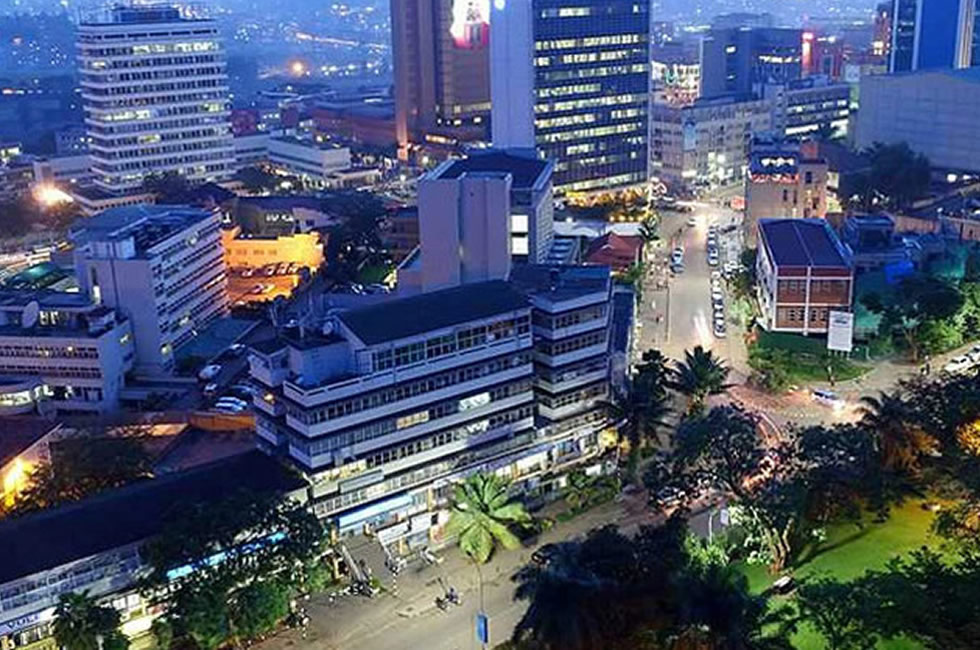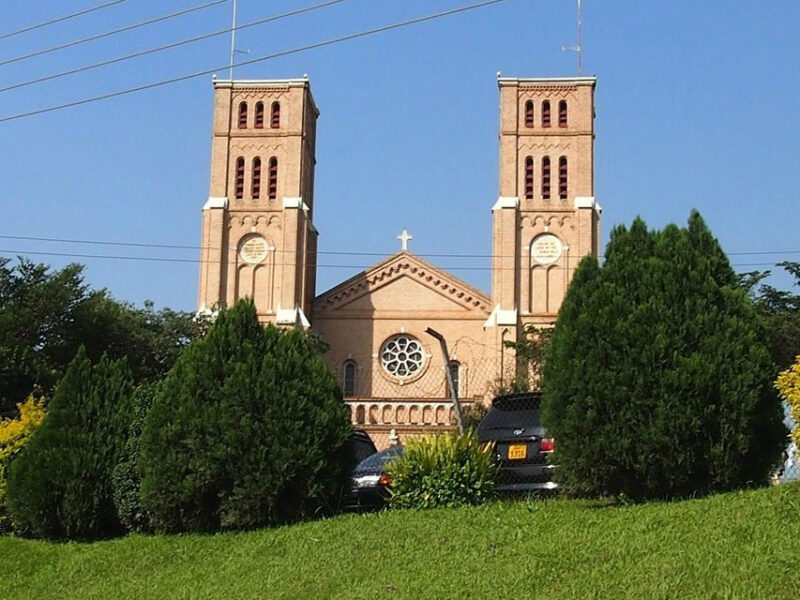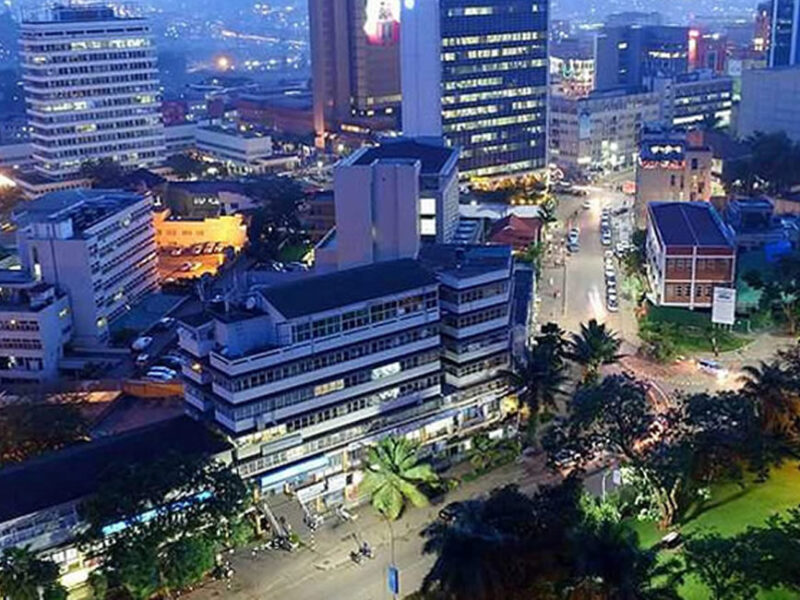
Kampala doubles as the major town and capital city of Uganda where all people from walks of life meet. For the very first time with in the city you will meet vast number of land marks ranging from the magnificent building structures, monuments and so many features. Most notable land mark in Kampala include;
The parliament of Uganda
It is located on the on-Parliament Avenue the junction which intersects Kampala Road at Nando’s. Parliament building was built between 1956 and 1961 housing the legislative arm of Uganda’s government. The building can be Identified and visible in a distance, it’s from this building that the legislators pass the constitutional laws.
Ghadaffi mosque
Standing upon one of the Kampala seven hills a visible dome is recognized and that it is the old Kampala mosque commonly known as Ghaddafi mosque in remembrance of his hand of support upon its construction. The magnificent mosque is on old Kampala hill with a sitting capacity of more 4000 people. The mosque is open for tourists for viewing but the only condition is long skirts or covering for ladies and removing shoes as you walk into the mosque. The beautiful views usher you to the top of the mosque where you will view Kampala at 360 angle degrees.
Independence monument
Kampala holds a number of monuments each symbolizing something different but one independence monument stands out to hold a lot of meaning attached to it. Uganda was colonized by the British and held slaves that the common man had no say for the future not until Uganda gained their freedom from the British rule on the 9th October 1962. The monument symbolizes a woman standing on ground while lifting a baby in air, the woman with a roping around her body looks at a little boy in her hand who raises his hands in jubilation that is free from the bondage of colonialism.
Rubaga cathedral
The two-tower roman catholic church is not outstanding because it’s on one of the seven hills but the architecture alone is beautiful. The land on which the church sits was formerly Kabaka Mutesa I palace not until it was burnt down by fire and he relocated to Mengo hill. His son kabaka Mwanga 11 donated the land to the French missionaries who had come to preach the gospel and they set up the church. In 1914 the missionaries began constructing a modern cathedral at Rubaga and Construction was completed in 1925 consecrated on 31 December 1925. Inside the church building the remains of the first African Catholic Bishop and Archbishop of Kampala Diocese lie.
Kasubi royal tombs
These are the recognized burial grounds for the Kabaka’s in Buganda and other royal clan members. In Buganda they believe the Kabaka doesn’t die but thus disappear in the forest. The kasubi tombs were built towards the end of the 19th century, the Kasubi Tombs site is a notable Kampala landmark and well worth a visit, particularly if you are interested in Buganda cultural history or traditions. The tombs themselves are housed within ‘kabakas’, buildings made from reeds and bark. Buried here is Kabaka (King) Muteesa I and his royal descendants, Sir Daudi Chwa II and Edward Muteesa.


